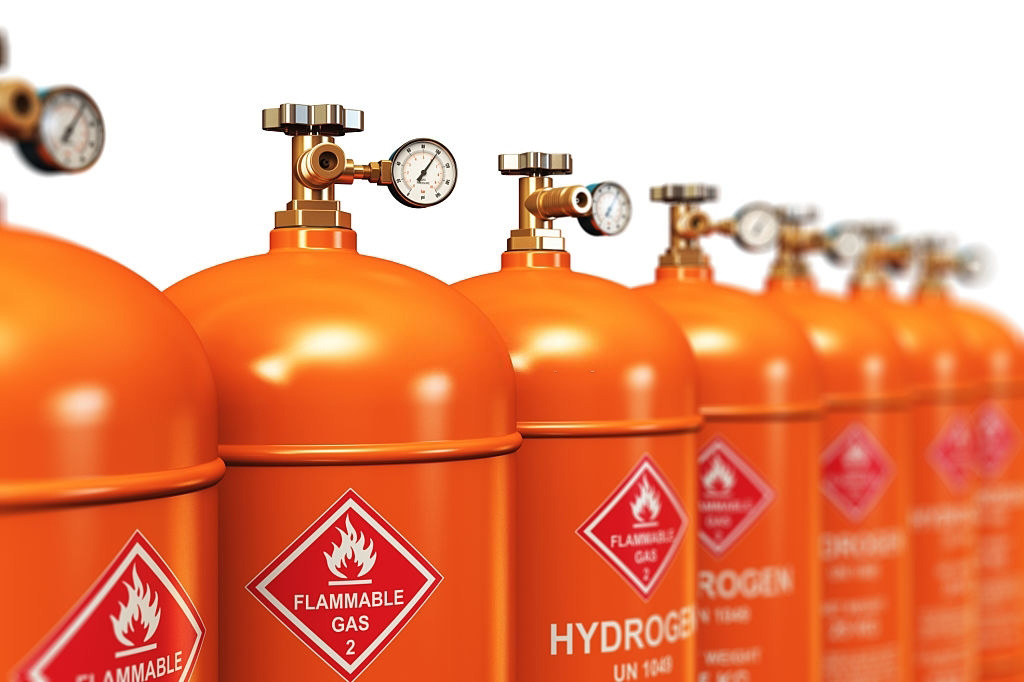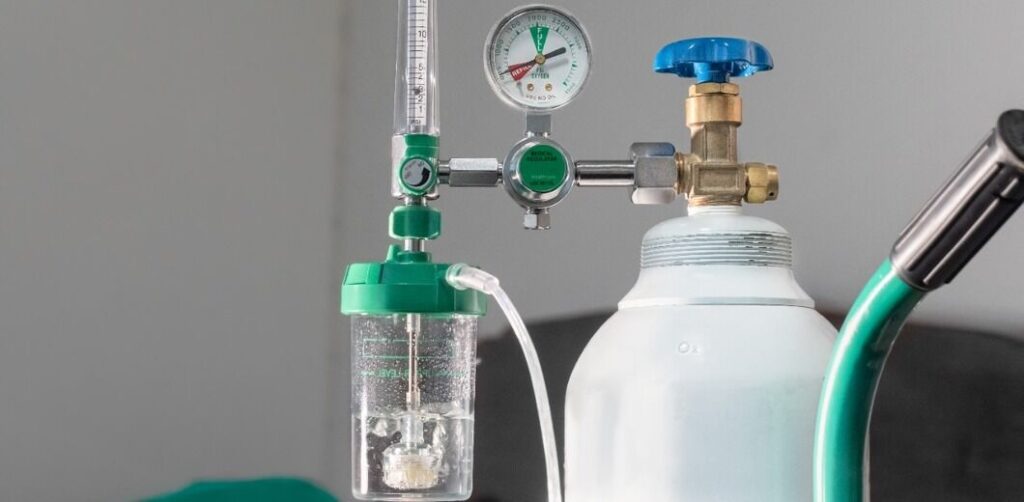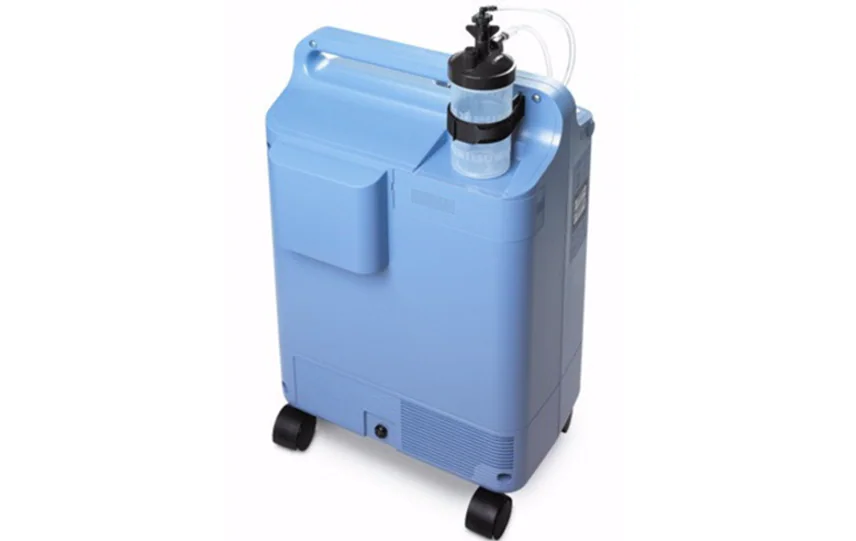Hydrogen
INDUSTRIAL HYDROGEN GAS
Interesting Facts & Information About
Hydrogen (H₂)
Hydrogen (H2) is an odourless, colourless and tasteless gas that is produced through natural gas steam reforming or the electrolysis of water. Lighter than air, it burns with an invisible, clean (carbon-free and soot-free) flame. It is the only fuel gas that does not contain any carbon atoms. H2 has the highest thermal conductivity of all gases. Combined with oxygen, the hydrogen flame reaches a temperature of 2834°C.
It is often mixed with argon to create a range of argon/hydrogen shielding gases for TIG and plasma welding. These shielding gas mixtures are primarily used for welding austenitic stainless steels and some nickel alloys. Hydrogen can also be used with argon in a range of gas mixtures for plasma-cutting (stainless steel and aluminium mainly).
In addition, it can be combined with oxygen for underwater flame-cutting. Deeper cutting applications require higher fuel and oxygen pressures. Hydrogen is ideal here as it is supplied at higher pressures than other fuel gases. In the glass industry, hydrogen is used to form the rim on glasses.
Hydrogen has a vast application spectrum beyond its value as a fuel gas. It is used in the production of carbon steels, special metals and semiconductors. In the electronics industry, it is widely employed as a reducing agent and as a carrier gas. High-purity hydrogen is also used as a carrier gas in gas chromatography.
Other processes that rely on hydrogen include the hydrogenation of vegetable and animal oils to produce margarine and other fats, hydro-treatment of petroleum products, desulphurisation of fuels, heat treatment of metals and leak testing.
Various petrochemical and chemical processes also employ hydrogen. It powers flames and torches in industry and laboratories. Although used as a rocket fuel in liquid form, it is perhaps better known these days as a green source of power for fuel-cell vehicles.
Other applications include HF/DF chemical lasers, solid physics research, bubble chambers in nuclear plants, the synthesis of ammonia and the cooling of turbogenerators in electrical power plants.

Supply Form





Cylinder
Cryogenic Cylinder
Mini Bulk
Bulk On Site
ASU Plants
Application of Hydrogen (H2)
USES AND APPLICATIONS OF HYDROGEN GAS AND LIQUID HYDROGEN BY INDUSTRY

Space Programs

Refining

Food and Beverages

Chemical Processing

Fertilizer

Metals
Allied Products




Lorem Ipsum is simply dummy text of the printing and typesetting industry.
Lorem Ipsum is simply dummy text of the printing and typesetting industry.
Lorem Ipsum is simply dummy text of the printing and typesetting industry.
Lorem Ipsum is simply dummy text of the printing and typesetting industry.
Related Videos/Downloads
Download Brouchure
To enrich air and increase combustion temperatures in blast and open hearth furnaces; to raise steel temperatures in steel making.
Download Brouchure
To enrich air and increase combustion temperatures in blast and open hearth furnaces; to raise steel temperatures in steel making.









